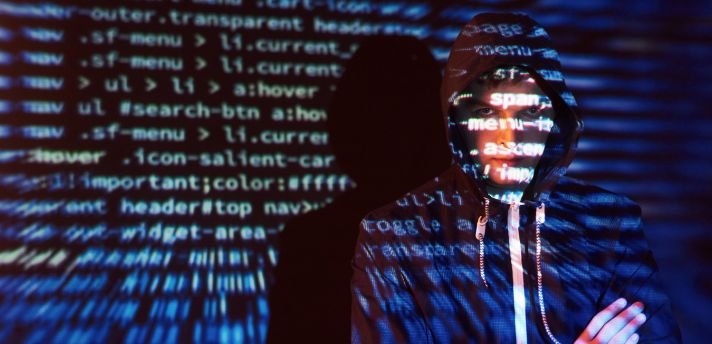


Copying programming code without proper attribution raises serious ethical concerns. Plagiarism checker tools can identify duplication in code to uphold integrity standards.
This guide examines plagiarism risks in software development and techniques for detecting copied code.
Blatantly reusing others' code without credit constitutes plagiarism just like copying text. Specific examples include:
Plagiarized code undermines personal and institutional reputations. And without understanding the original approaches, maintaining and extending stolen code proves difficult. Proper attribution is essential.
If discovered, plagiarized programming work provokes serious repercussions:
Rather than attempting to obscure duplication, developers should focus efforts on creating original solutions worthy of pride in their own merits.
To identify copied code, reviewers leverage both manual and automated techniques:
Combining manual inspection with automated tools provides reliable plagiarism detection.
Leading plagiarism checkers purpose-built for software code include:
PreventCodePlagiarism offers a robust free programming plagiarism checker supporting Java, Python, C++, and several other languages. It matches code against both internet sources and its database of academic submissions. The detailed similarity report identifies high-risk sections.
MOSS (Measure of Software Similarity) is a free academic integrity tool designed specifically for code. It allows both instructors and students to upload program files for comparison and matching. MOSS supports C, C++, Java, Python, JavaScript, and more.
While broader in scope, PlagScan's code plagiarism checker handles major languages like Java, Python, JavaScript, C++, and more. Its academic integrity capabilities make PlagScan suitable for student assignment screening.
Codequiry offers a web-based similarity checker tailored to source code. It matches previous submissions as well as general online sources. Codequiry also makes it easy to compare code versions during development.
JPlag focuses on Java and Scheme plagiarism detection. It analyzes program structure, control flow, identifiers, comments, and syntax for duplication across codebases. The detailed reporting includes match visualization.
Ethically integrating open-source libraries and snippets requires:
Transparent attribution and collaboration uplift the open-source community.
Guard against unintentional copying through practices like:
Diligent attribution during the design process reduces accidental infringement considerably.
Programming instructors deter plagiarism checker through policies like:
Emphasizing coding ethics alongside technical skill development promotes integrity.
Sophisticated code plagiarism checkers utilize algorithms including:
While simple text matching identifies some cases, advanced heuristics uncover more stealthy code plagiarism with high accuracy.
Mainstream code hosting solutions like GitHub and GitLab allow integrating plagiarism scanners:
Automated scanning during commits provides early feedback identifying attribution issues before broader code distribution.
Some plagiarizers try to evade detection through obfuscation like:
However, advanced analyzers see through these attempts by comparing structure, output, graphs, semantics, and other fingerprints. Unethical deception ultimately proves futile.
Rather than trying to secretly copy others’ work while avoiding oversight, programmers should:
With integrity as a core value, the industry can elevate innovation, trust, and positive collaboration.
A) Analyzing compiled executable files is more challenging but some detectors like JPlag's GCC plugin can identify shared compiler-generated instruction sequences indicative of duplication. However, checking human-written source code provides more robust detection.
A) The best solutions analyze structure, logic, and output semantically to identify reused algorithms independent of languages. But reimplementing in an obscure unsupported language lowers detection risk, so checkers should expand language support.
A) Functionally replicating concepts is acceptable if properly cited and reimplemented independently. However, duplicated structure, logic, naming, and comments still constitute plagiarism even if outputs differ superficially.
A) Optimized data structures like hash tables store fingerprints for rapid comparison across huge repositories. Parallelizing scans across servers significantly reduces processing time. Code can also be partitioned logically by the module for incremental similarity analysis.
A) Admit it transparently rather than concealing it. Take accountability for oversights, learn from the experience, and focus efforts on developing original skills moving forward rather than rationalizing shortcuts. The more responsibly it's handled, the more limited the damage.
Proper attribution should align with personal ethics rather than merely avoiding penalties. Valuing robust solutions over convenient shortcuts creates a rewarding coding culture.
As with academic writing, proper attribution remains essential in programming to respect intellectual property rights and promote continued idea sharing. Responsible developers proactively confirm originality using specialized code plagiarism checkers during projects.
With the right combination of tools, policies, and culture, upholding ethical standards ensures code maintains expected quality bars while advancing collaborative progress.